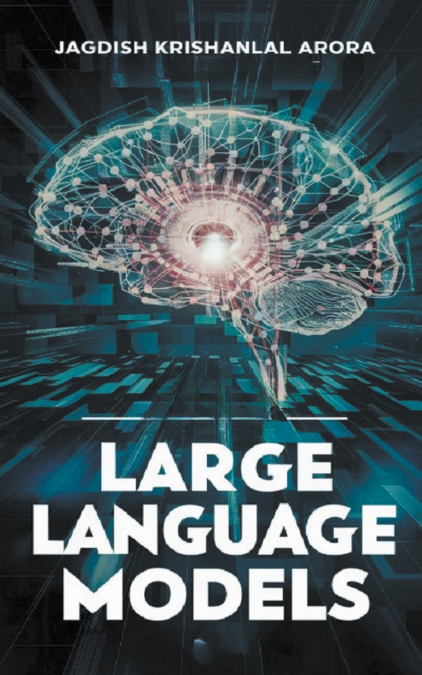
 Librería Perelló (Valencia)
Librería Perelló (Valencia)
 Librería Aciertas (Toledo)
Librería Aciertas (Toledo)
 El AlmaZen del Alquimista (Sevilla)
El AlmaZen del Alquimista (Sevilla)
 Librería Elías (Asturias)
Librería Elías (Asturias)
 Librería Kolima (Madrid)
Librería Kolima (Madrid)
 Donde los libros
Donde los libros
 Librería Proteo (Málaga)
Librería Proteo (Málaga)
Large Language Models (LLMs) have revolutionized the field of artificial intelligence (AI), enabling computers to understand and generate human-like text on an unprecedented scale. In this comprehensive summary, we explore the intricacies of LLMs, their evolution, applications, benefits, challenges, and future prospects.Evolution of LLMs:The journey of LLMs began with early language models like Word2Vec and GloVe, which laid the foundation for understanding word embeddings. The breakthrough came with transformers, particularly the introduction of GPT (Generative Pre-trained Transformer) series by OpenAI, including GPT-2, GPT-3, and beyond. These models leverage self-attention mechanisms and massive amounts of data for training, leading to remarkable improvements in language understanding and generation capabilities.Applications of LLMs:LLMs find applications across diverse domains, including natural language processing (NLP), machine translation, chatbots, question answering systems, text summarization, sentiment analysis, and more. They power virtual assistants like Siri and Alexa, facilitate language translation services, aid in content creation, and enhance user experiences in various digital platforms.Benefits of LLMs:The key benefits of LLMs include their versatility, scalability, and adaptability. A single model can perform multiple tasks, reducing the need for specialized models for each application. Moreover, LLMs can be fine-tuned with minimal data, making them accessible to a wide range of users. Their performance continues to improve with more data and parameters, driving innovation and advancement in AI research.Challenges and Limitations:Despite their impressive capabilities, LLMs face challenges such as bias, explainability, and accessibility. Biases in training data can lead to biased outputs, while the complex inner workings of LLMs make it challenging to understand their decision-making processes. Moreover, access to large-scale computing resources and expertise is limited, hindering widespread adoption and development.Future Prospects:The future of LLMs holds immense potential, with ongoing research focused on addressing challenges and expanding capabilities. Efforts are underway to mitigate bias, improve explainability, and enhance accessibility. Advancements in LLMs are expected to drive innovation in AI-driven applications, revolutionizing industries and reshaping human-computer interaction.In conclusion, Large Language Models represent a significant milestone in AI research, offering unprecedented capabilities in understanding and generating human-like text. While they present challenges and limitations, ongoing efforts to overcome these hurdles pave the way for a future where LLMs play a central role in shaping the AI landscape. As we continue to unravel the wonders of LLMs, the possibilities for innovation and discovery are limitless.